Back to the BasicsDid you know that the average adult consists of about 50-60% water? Water is an essential nutrient for all living things (that includes us!) and has many functions in the body. It acts as a lubricant for your joints and eyes and is the main component of saliva. Water also helps get rid of waste and helps regulate body temperature. Hydration is the process of replacing water in the body. There are many ways to accomplish this, but here are just a few ideas:
When your body doesn’t have enough water to function optimally, it becomes dehydrated. DehydrationYour body loses water all the time. When you go to the bathroom, from sweat, and also evaporation from your skin. If you don’t consume enough fluids, you will become dehydrated. Signs of dehydration include:
Can dehydration be measured? One way that you can keep an eye on your hydration levels is by measuring the amount of water lost during exercise. Weighing yourself before and after exercise can be a useful tool in estimating your hydration status. 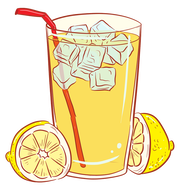 Water is necessary for the transportation of oxygen and nutrients that your body needs for daily activities. This entire system can be thrown off when you lose water. When you are dehydrated, your body also has a lower overall blood volume, making your heart work that much harder to pump blood to your organs. *Tip: Throughout the day when you use the bathroom, look at the color of your urine. This can give you a good idea of your hydration status. Lemonade color = optimal hydration! View a handy hydration chart here. Hydration Sources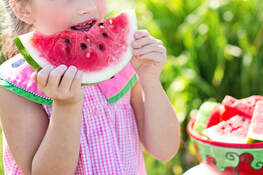 Water can be found in many sources. Water and other liquid drinks make up the majority at 80% of water consumed. Not all drinks are hydrating, however. Alcohol is one beverage that can actually dehydrate you. It’s a good rule of thumb to drink one glass of water for every alcoholic drink consumed. Food makes up the other 20% of water consumed, which includes fruit, vegetables, and yogurt. Soups are also hydrating, which contain sodium to aid in electrolyte replacement. If you are watching your sodium intake, make sure to read the labels on prepared soups, which can be quite high in sodium. Electrolytes and Fluid Balance
Electrolytes can be found in sports drinks, but can also be found naturally in food. Foods high in sodium include salted nuts or trail mix, pretzels, crackers, and table salt. Processed foods tend to contain very high levels of sodium. Try sticking to whole foods to find a good balance between electrolyte and fluid intake. Foods high in potassium include bananas, potatoes, dark leafy greens, and citrus fruits. Foods high in magnesium include pumpkin seeds, almonds, cashews, peanut butter, spinach, and beans. RecommendationsThere is no one-size fits all recommendation for daily fluid intake. Your fluid needs vary depending on your body composition, activity level, and the amount of water lost through sweating and breathing. The Institute of Medicine (IOM) generally recommends men aged 19 and older consume 3.7 liters per day (about 15 cups) and women aged 19 older consume 2.7 liters per day (about 11 cups) from all fluid sources (water, other liquids, and foods). References
~Daniel, Dietetic Intern
0 Comments
“Why should I care?” you might ask… If left untreated, high blood pressure can lead to many other negative side effects, like heart disease and stroke. So let’s protect that heart! Potassium is also an important part of preventing high blood pressure by combating the effects of sodium. Potassium can be found in fruit, vegetables, low-fat dairy, and legumes. Check out some good sources of potassium here. “How can I eat less sodium?” Here are a few tips to help guide you to a flavorful low-sodium diet. Yes, it’s possible!
Check out these lower-sodium holiday recipes!
Directions:
Nutrition per Serving: 130 calories; 6g Fat; 4g Protein; 15g Carbohydrates; 2g Fiber; 46mg Sodium
Directions:
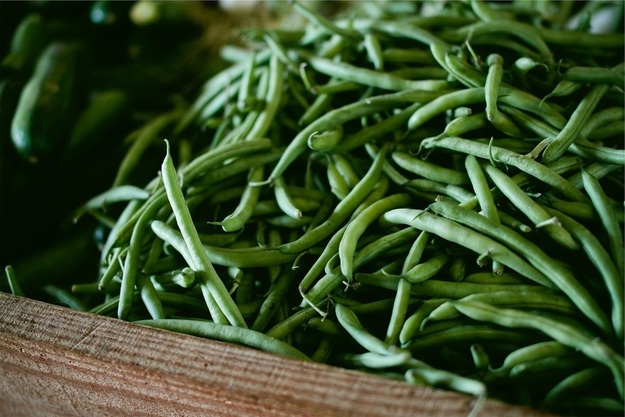 Green Bean – Cauliflower Casserole Makes 8 servings; Recipe adapted from www.thealmondeater.com Ingredients:
Directions:
Tasty and Lower Sodium Holidays to You!
~Leah, Dietetic Intern |
SD BlogA place for our consultant Registered Dietitian Nutritionists (RDNs) to share nutrition science, yummy and healthy recipes, tips on seasonal ingredients, and other nutritional musings. Enjoy! Categories
All
Archives
May 2024
|

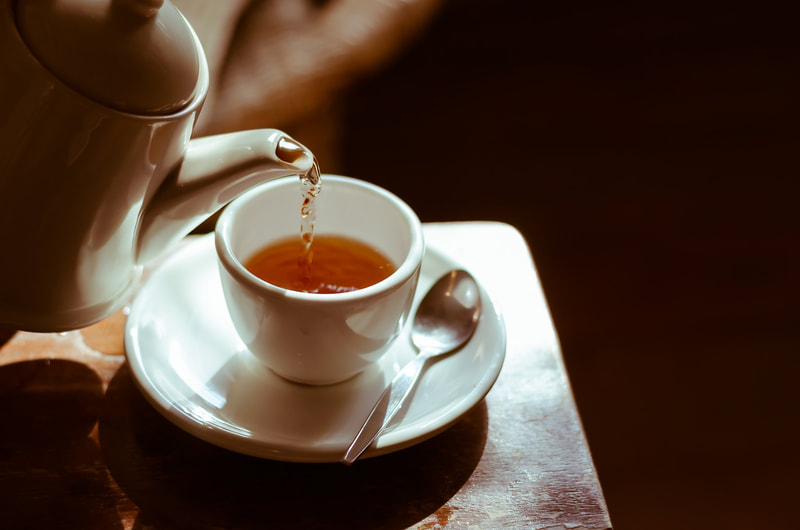
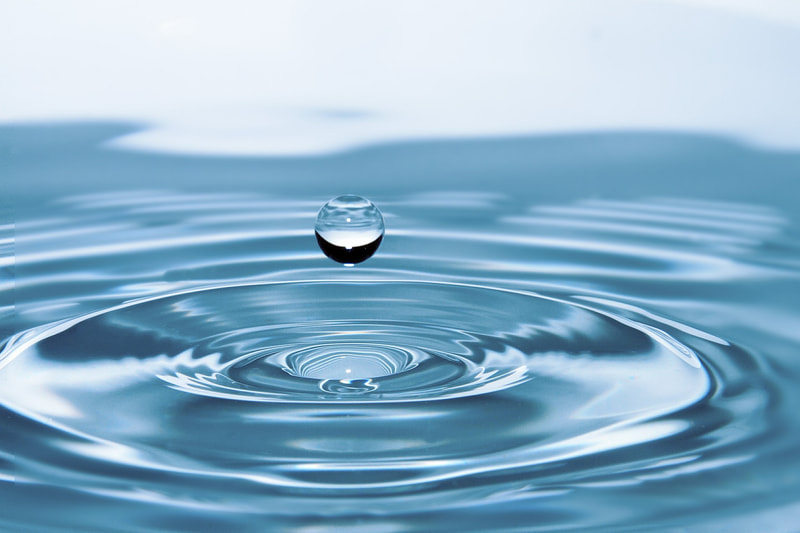
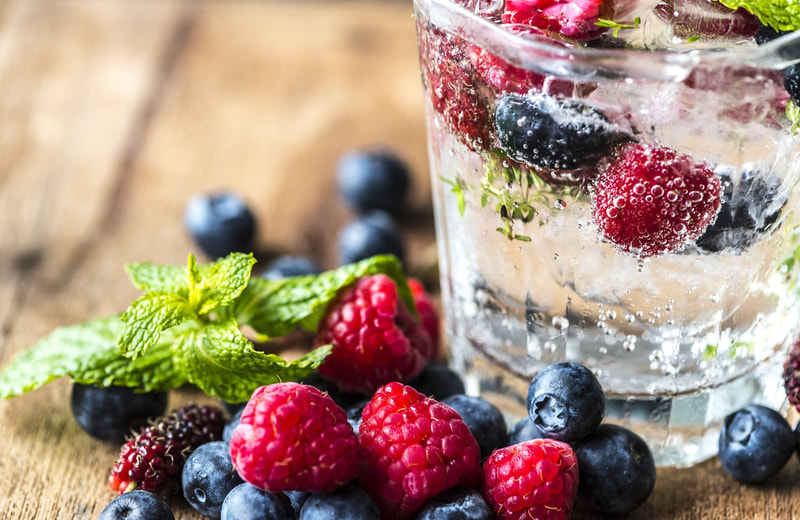
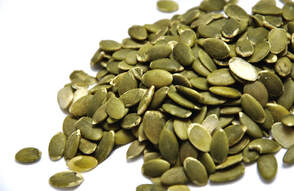
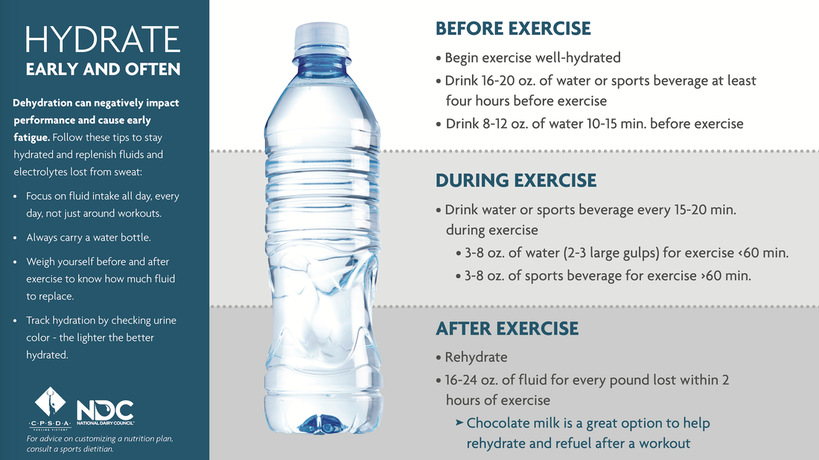
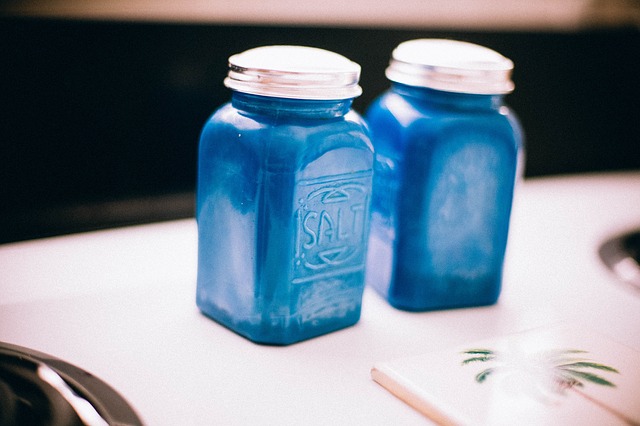
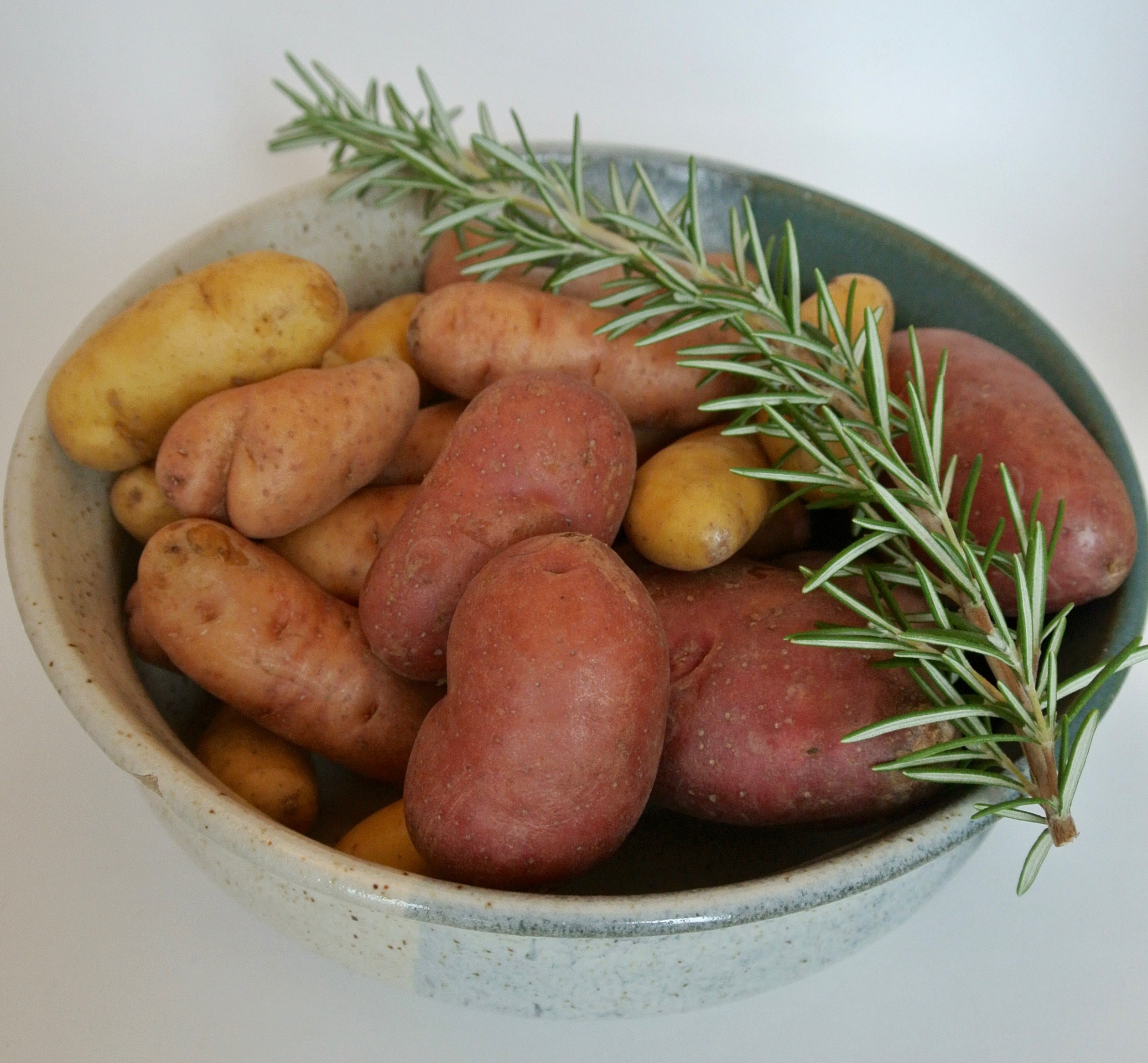
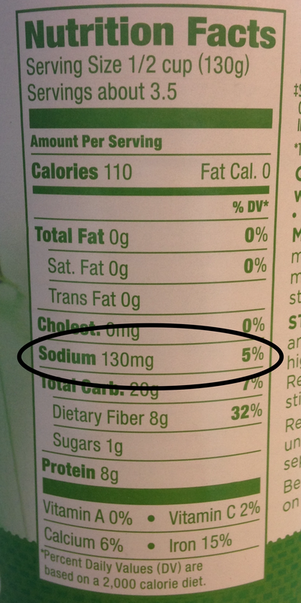
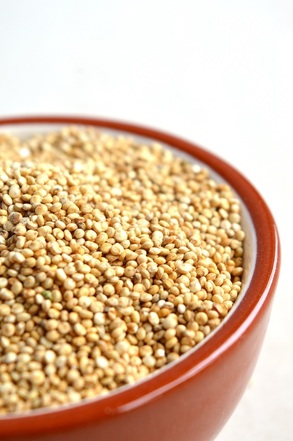
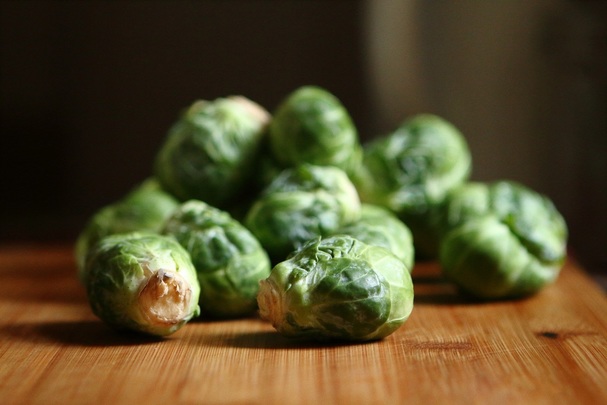
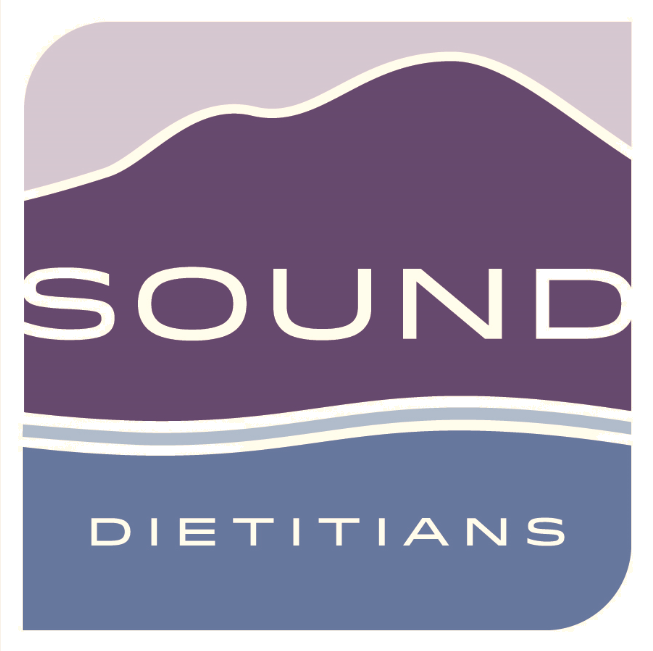
 RSS Feed
RSS Feed